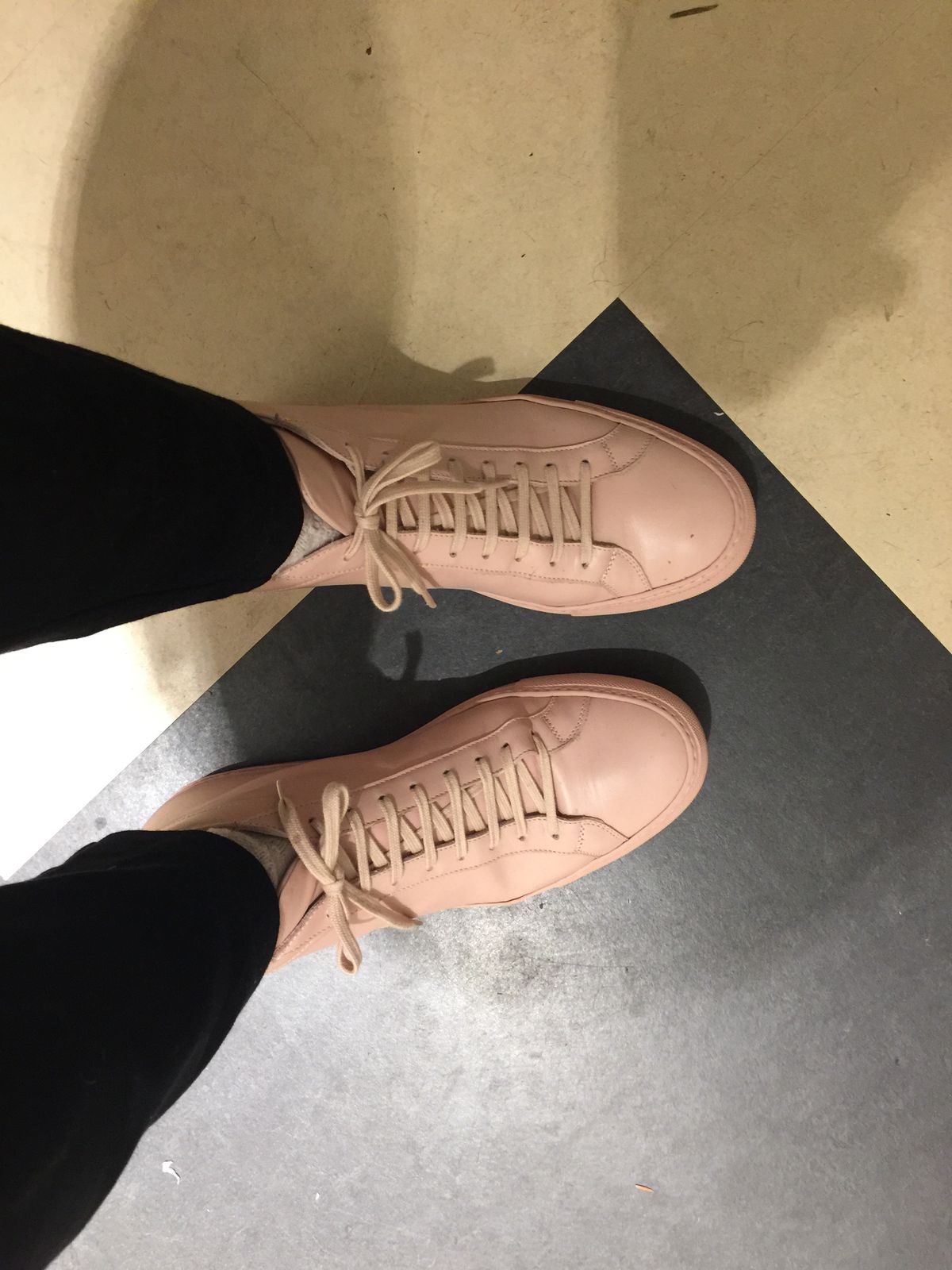Wednesday, April 13. The shoes I wore to meet the architect.

Living in a trailer isn’t so bad. That’s what I like to tell myself, anyway. I moved into my first one in 1975, a year after my mother died and my brother saved me from foster care. A step up from the low-income apartments we lived in (all seven of us), it was a “14 x 70”; i.e., a single-wide designed to fit snugly in one highway lane, towed over Independence Pass by an experienced, weathered, snuff-chewing trucker, no doubt. One who knew how to traverse the Continental Divide without slipping over the edge.
Mine Water Poses Danger of a Toxic Gusher
Losing a mother early shapes a woman’s emotional terrain for life
Assessment of blood lead levels in children living in a historic mining and smelting community.
Ozzello explained the blood lead program Lake County had initiated and their successes in just the first few years. They were targeting areas where the danger was highest – the east side of town, Stringtown, and the Lake Fork Mobile Home Park. Blood lead levels were already dropping. At Lake Fork, the percentage of children with elevated blood lead levels had dropped in half since 1993, and more than eighty homes had already had or agreed to have their soils tested.
–Leadville, the Struggle to Revive an American Town, by Gillian Klucas.
It was parked at the foot of Mount Elbert, the highest peak in a state called Colorado and a town called Leadville and a neighborhood called Stringtown and a trailer park called Lake Fork. My “rich” friends lived in trailers, too. Around the corner in double-wides and man did I envy their extra girth. More bedrooms, bigger kitchens, nicer finishes. Depending on your vantage point, living in a double-wide constitutes either the lap of luxury or the depths of despair.

The entrance to Lake Fork Trailer Park in Leadville, Colorado, where I lived as a child from 1975-1979.
So when I tell you that this visit to the architect was one of the most disheartening experiences of my life, I tell you in the context of having lived knowing far more fundamental, less privileged problems.
On the east side of town, in Stringtown, and at the Lake Fork Trailer Park at the confluence of California Gulch and the Arkansas River the numbers reached 22 percent. The average blood level for the entire town was only 4.8 micrograms, and the highest blood lead hit just 16.7 micrograms. The EPA, ASARCO, and the town all claimed victory. Nine percent was much lower than the EPA’s original prediction and the state’s previous results, and Leadville felt vindicated.
–Leadville, the Struggle to Revive an American Town, by Gillian Klucas.
I used to play in the Arkansas River at California Gulch. Wandered down as a lithe, trusting nine-year old, hair as rusty as the mineralized water, exploring alone on the metallic banks, passing away many a cold summer afternoon.
Their town wasn’t the diseased community the EPA and the national media made it out to be. “This is nothing compared to what you see in inner cities,” a Lake County Health Department employee told the USA Today in 1994. “Of course there’s no one to pay the bills there. The EPA sees a mining company with deep pockets here.”
–Leadville, the Struggle to Revive an American Town, by Gillian Klucas.
Will got laid off three days before my birthday. Six days after I’d picked out the bathroom tile. One month before we were scheduled to start construction. One week after we’d written a $10,000 non-refundable check to the builder.
So the shoes I wore to meet the architect this time are the shoes I wore to table a dream. For now, this project is on hold. Again. But, to put it all in perspective, I lived in trailers off and on for the bulk of a motherless childhood and a chunk of a penniless first marriage. I’m sure I can handle life in an old, small house in one of the nicest neighborhoods in one of the nicest cities for a little bit longer.
And the drawings. The drawings are done and we will always have the drawings. I’ll be goddamned if I’m giving up on this house now.